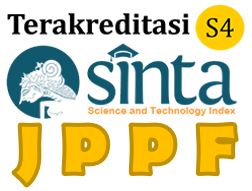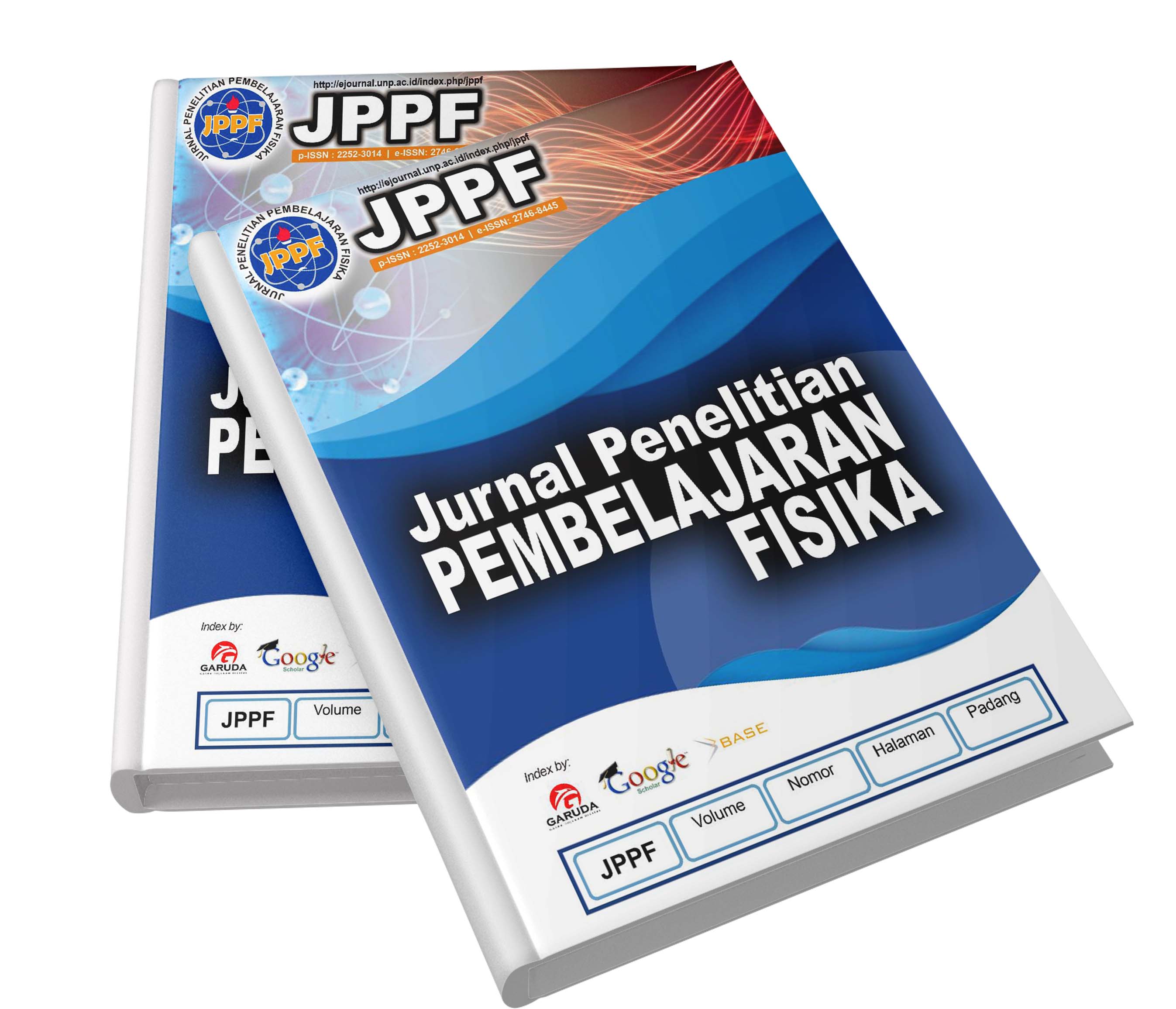Abstract
The 2013 curriculum is a solution to answer the challenges of the 21st century. The Indonesian government has supported the application of integrated science learning and improvement of 21st century skills in schools. However, the real condition in the schools showed that science skill of of students was still limited to science process skill. This can be seen from the value of critical thinking and creative thinking skills respectively 60.93 and 61.77. Both of these values were still in the sufficient category. The solution to this problem is to apply an interactive learning model on the theme of digestive health. The objective of this research is was to investigate the effect of applying the interactive learning model on digestive health theme to improve critical thinking, creative thinking, and knowledge of grade VIII students in SMPN 30 Padang. This type of research can be incorporated into the classroom action research method with the cycle model. The object of the research consisted of 32 students. The research instrument consisted of written test for aspect of knowledge and performance assessment sheet for skills aspect. Data were analyzed by using descriptive statistics and paired comparison test. From the result of data analysis it can be stated the result of this research, namely the application of the interactive learning model of the integrated science is effective to improve critical thinking and creative thinking skills, and learning outcomes in the cognitive aspect of students. Thus, interactive learning model can be used as an alternative for science teachers to improve critical thinking and creative thinking skills of students in schools.




